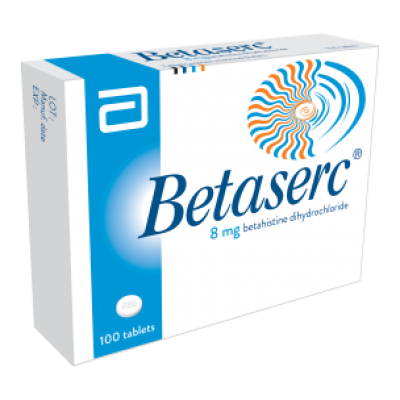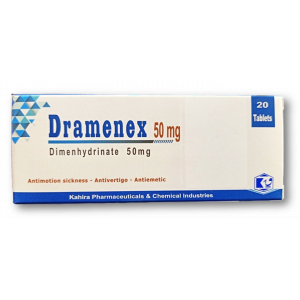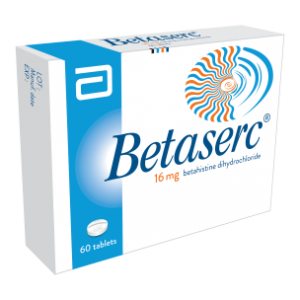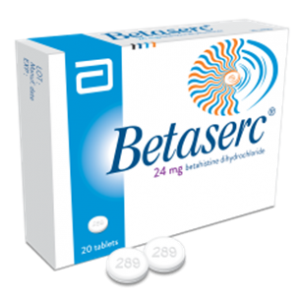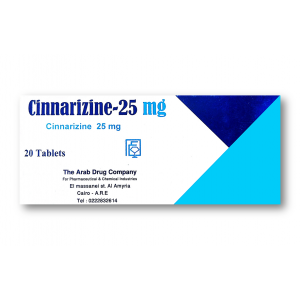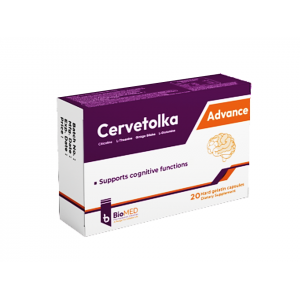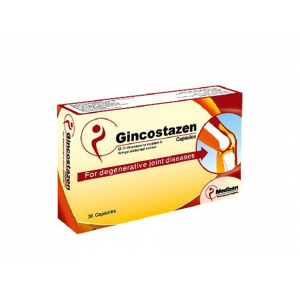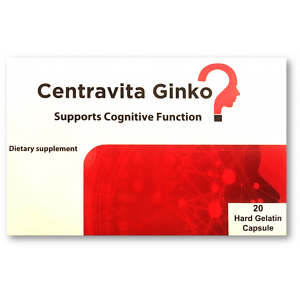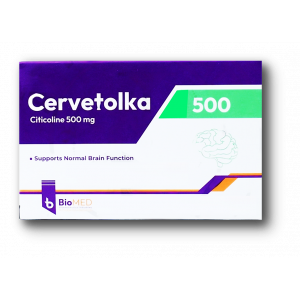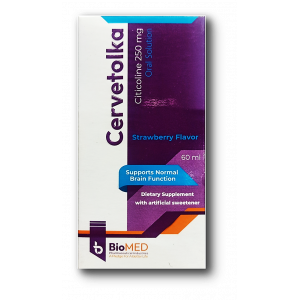- Anti-hestaminic & Respiratory Drugs (20)
- Anti-inflammatory Drugs (192) +-
- Baby & Mom (1299) +-
- Baby & Mom > Bath, skin & Hair > Skin Care > wibes (52)
- Beauty (2846) +-
- Beauty > Skin Care > whitening (273)
- Chemotherapy & Immune Response (880) +-
- Chemotherapy & Immune Response > ANTI-FUNGAL (11)
- Chemotherapy & Immune Response > Chemotherapeutic Agents > Hormone Antagonists >Enzyme Inhibitors (288)
- CIRCULATORY DISTURBANCE AGENTS (23)
- Diet & Fitness Products (278) +-
- DRUG AFFECTING CENTRAL NERVOUS SYSTEM (192)
- HEMATOLOGY (39)
-
Medical Supplies (504)
+-
- Chemicals & Disinfectants (19)
- Dental Supplies (32)
- Devices & Instruments (10)
- Diabetic Supplies (121)
- General Medical Supplies (21)
- I.V & Medical Solution (0)
- Intensive Care Unit & Anesthesia Supplies (0)
- KIDNEY UNIT SUPPLIES (21)
- Lab Supplies (3)
- Miscellaneous (21)
- Neonatal Unit Supplies (0)
- Operation Room Supplies (2)
- Sanitary (5)
- Sterilization Supplies (0)
- Surgical Sutures (4)
- Syringes (3)
-
Medicines & Health (2581)
+-
- Allergy & Sinus (94)
- Children's Health Care (54)
- Cough, Cold & Flu (275)
- Digestive Health & Nausea (225)
- Ear, Nose & Throat Care (177)
- Eye Care (117)
- Feminine Care (321)
- Foot Care (4)
- Orthopaedic Appliances (0)
- Pain Relief & Management (237)
- Pill Organizer (2)
- Skin Treatments (770)
- Sleep & Snoring Aids (2)
- Support & Braces (6)
- Medicines & health > Gout releif (42)
- Natural & Organic Products (81) +-
- OTC > Analgesics > Anti-inflammatory Drugs (44)
-
Personal Care (3152)
+-
- Bath & Body (256)
- Deodorant & Anti-perspirants (180)
- Ear, Nose & Throat Care (173)
- Eye Care (123)
- Feminine Care (370)
- Foot Care (12)
- Hair Care (448)
- Home Tests & Monitorings (14)
- Incontinence (7)
- Lip Care (22)
- Massage & Relaxation (17)
- Natural & Organic Personal Care (7)
- Oral Care (89)
- Pregnancy & Fertility (64)
- Shaving & Grooming (65)
- Sun Care (77)
-
Prescription Drugs (2862)
+-
- Analgesics (181)
- Cardiovascular System (374)
- Drugs Affecting Musculoskeletal System (65)
- Drugs Used In Infections (56)
- Ear & Nose Drugs (2)
- Endocrine System (176)
- Gastrointestinal Tract (242)
- Gastrointestinal Tract > Hepatology > Liver treatment (61)
- GYNECOLOGY (2)
- Miscellaneous (11)
- NEPHROLOGY > URINARY SYSTEM > RENAL DISORDERS > URINARY TRACT DISORDERS (46)
- NEUROLOGY (223)
- Nutrients & Blood Electrolytes (2)
- Respiratory System (152)
- SKIN > NAILS > HAIR > TOPICAL PREPARATIONS (63)
- Vaccines (1)
- Prescription drugs > Cardiovascular system > Anti-hypertension drugs (242)
- Sexual Wellness (296) +-
- Vitamins & Minerals Supplements (1192) +-
Ex Tax: 110EGP
Example
You can return the product within 14 days of purchase.
ReturnsYou can return the product within 14 days of purchase.

Betaserc 8 mg ( Betahistine ) 100 tablets
Full Prescribing Info
Contents
Betahistine diHCl.
Description
Betaserc also contains the following excipients: Microcrystalline cellulose, mannitol (E421), citric acid monohydrate, anhydrous colloidal silica and talc.
Each 24-mg tablet has a diameter of 10 mm. The tablet weight is approximately 375 mg.
Action
Pharmacotherapeutic Group: Antivertigo preparations.
Pharmacology: Pharmacodynamics: Mechanism of Action: The mechanism of action of betahistine is partly understood. There are several plausible hypotheses that are supported by animal studies and human data: Betahistine Affects the Histaminergic System: Betahistine acts both as a partial histamine H1-receptor agonist and histamine H3-receptor antagonist also in neuronal tissue, and has negligible H2-receptor activity. Betahistine increases histamine turnover and release by blocking presynaptic H3-receptors and inducing H3-receptor downregulation.
Betahistine may Increase Blood Flow to the Cochlear Region as well as to the Whole Brain: Pharmacological testing in animals has shown that the blood circulation in the striae vascularis of the inner ear improves, probably by means of a relaxation of the precapillary sphincters of the microcirculation of the inner ear. Betahistine was also shown to increase cerebral blood flow to humans.
Betahistine Facilitates Vestibular Compensation: Betahistine accelerates the vestibular recovery after unilateral neurectomy in animals, by promoting and facilitating central vestibular compensation. This effect, characterized by an up-regulation of histamine turnover and release, is mediated through H3-receptor antagonism. In human subjects, recovery time after vestibular neurectomy was also reduced when treated with betahistine.
Betahistine Alters Neuronal Firing in the Vestibular Nuclei: Betahistine was also found to have a dose-dependent inhibiting effect on spike generation of neurons in lateral and medial vestibular nuclei.
The pharmacodynamic properties as demonstrated in animals may contribute to the therapeutic benefit of betahistine in the vestibular system.
The efficacy of betahistine was shown in studies in patients with vestibular vertigo and with Meniere's disease as was demonstrated by improvements in severity and frequency of vertigo attacks.
Pharmacokinetics: Absorption: Orally administered betahistine is readily and almost completely absorbed from all parts of the gastrointestinal tract. After absorption, Betaserc is rapidly and almost completely metabolized into 2-pyridyl acetic acid (2-PAA). Plasma levels of betahistine are very low.
Pharmacokinetic analyses are therefore based on 2-PAA measurements in plasma and urine.
Under fed conditions, maximum plasma concentration (Cmax) is lower compared to fasted conditions. However, total absorption of betahistine is similar under both conditions, indicating that food intake only slows down the absorption of betahistine.
Distribution: The percentage of betahistine that is bound by blood plasma proteins is <5%.
Biotransformation: After absorption, betahistine is rapidly and almost completely metabolized into 2-PAA (which has no pharmacological activity). After oral administration of betahistine, the plasma (and urinary) concentrations of 2-PAA reaches its maximum 1 hr after intake and decline with a half-life (t½) of about 3.5 hrs.
Excretion: 2-PAA is readily excreted in the urine. In the dose range of 8-48 mg, about 85% of the original dose is recovered in the urine. Renal or fecal excretion of betahistine itself is of minor importance.
Linearity: Recovery rates are constant over the oral dose range of 8-48 mg indicating that the pharmacokinetics of betahistine are linear, and suggesting that the involved metabolic pathway is not saturated.
Indications/Uses
Meniere's syndrome as defined by the following core symptoms: Vertigo (with nausea/vomiting), hearing loss (hardness of hearing) and tinnitus (ringing in the ears).
Symptomatic treatment of vestibular vertigo.
Dosage/Direction for Use
Adults: 24-48 mg divided over the day (one 24-mg tablet twice daily).
The dosage should be individually adapted according to the response.
Improvement can sometimes only be observed after a couple of weeks of treatment. The best results are sometimes obtained only after a few months. There are indications that treatment from the onset of the disease prevents its progression and/or the loss of hearing in later phases of the disease.
Administration: Tablet should be swallowed with water.
Overdosage
Symptoms: A few overdose cases have been reported. Some patients experienced mild to moderate symptoms with doses up to 640 mg (eg, nausea, somnolence and abdominal pain).
More serious complications (eg, convulsions, pulmonary and cardiac complications) were observed in cases of intentional overdose of betahistine, especially in combination with other overdosed drugs.
Treatment: No specific antidote is known. Treatment of overdose should include standard supportive measures.
Contraindications
Hypersensitivity to betahistine diHCl or to any of the excipients of Betaserc.
Phaeochromocytoma.
Special Precautions
Patients with bronchial asthma and history of peptic ulcer need to be carefully monitored during the therapy.
Effects on the Ability to Drive or Operate Machinery: Betahistine is indicated for Meniere syndrome defined by the triad of core symptoms as vertigo, hearing loss, tinnitus and for symptomatic treatment of vestibular vertigo. Both diseases can negatively affect the ability to drive and use machines.
In clinical studies specifically designed to investigate the ability to drive and use machines betahistine had no or negligible effects.
Use in pregnancy: There is insufficient data on the use of betahistine in pregnant women. Animal studies are insufficient with respect to effects on pregnancy, embryonal/foetal development, parturition and postnatal development. The potential risk for humans is unknown. Betahistine should not be used during pregnancy unless clearly necessary.
Use in lactation: It is not known whether betahistine is excreted in human milk. There are no animal studies on the excretion of betahistine in milk. The importance of Betaserc to the mother should be weighed against the benefits of nursing and the potential risks for the child.
Use in children: Betaserc is not recommended for use in children <18 years due to insufficient data on safety and efficacy.
Use In Pregnancy & Lactation
Use in pregnancy: There is insufficient data on the use of betahistine in pregnant women. Animal studies are insufficient with respect to effects on pregnancy, embryonal/foetal development, parturition and postnatal development. The potential risk for humans is unknown. Betahistine should not be used during pregnancy unless clearly necessary.
Use in lactation: It is not known whether betahistine is excreted in human milk. There are no animal studies on the excretion of betahistine in milk. The importance of Betaserc to the mother should be weighed against the benefits of nursing and the potential risks for the child.
Adverse Reactions
The following adverse effects have been experienced with the indicated frequencies as follows in betahistine-treated patients in placebo-controlled clinical trials: Very common (≥1/10); common (≥1/100 to <1/10); uncommon (≥1/1000 to <1/100); rare (≥1/10,000 to <1/1000); very rare (<1/10,000).
Gastrointestinal Disorders: Common: Nausea and dyspepsia.
Nervous System Disorders: Common: Headache.
In addition to those events reported during clinical trials, the following adverse effects have been reported spontaneously during post-marketing use and in scientific literature. A frequency cannot be estimated from the available data and is therefore classified as "not known".
Immune System Disorders: Hypersensitivity reactions (eg, anaphylaxis).
Gastrointestinal Disorders: Mild gastric complaints (eg, vomiting, gastrointestinal pain, abdominal distension and bloating). These can normally be dealt with by taking the dose during meals or by lowering the dose.
Skin and Subcutaneous Tissue Disorders: Cutaneous and subcutaneous hypersensitivity reactions, in particular, angioneurotic oedema, urticaria, rash and pruritus.
View ADR Monitoring Form
Drug Interactions
No in vivo interaction studies have been performed. Based on in vitro data, no in vivo inhibition on cytochrome P-450 enzymes is expected.
In vitro data indicate an inhibition of betahistine metabolism by drugs that inhibit monoamine oxidase (MAO), including MAO subtype B (eg, selegiline). Caution is recommended when using betahistine and MAO inhibitors (including MAO-B selective) concomitantly.
As betahistine is an analogue of histamine, interaction of betahistine with antihistamines may in theory affect the efficacy of one of these drugs.
Incompatibilities: Not applicable.
Caution For Usage
Any unused product or waste material should be disposed of in accordance with local requirements.
Storage
Do not store above 30°C. Protect from light.
Shelf-Life: 3 years.
Write a review
Your Name:Your Review: Note: HTML is not translated!
Rating: Bad Good
Enter the code in the box below:

